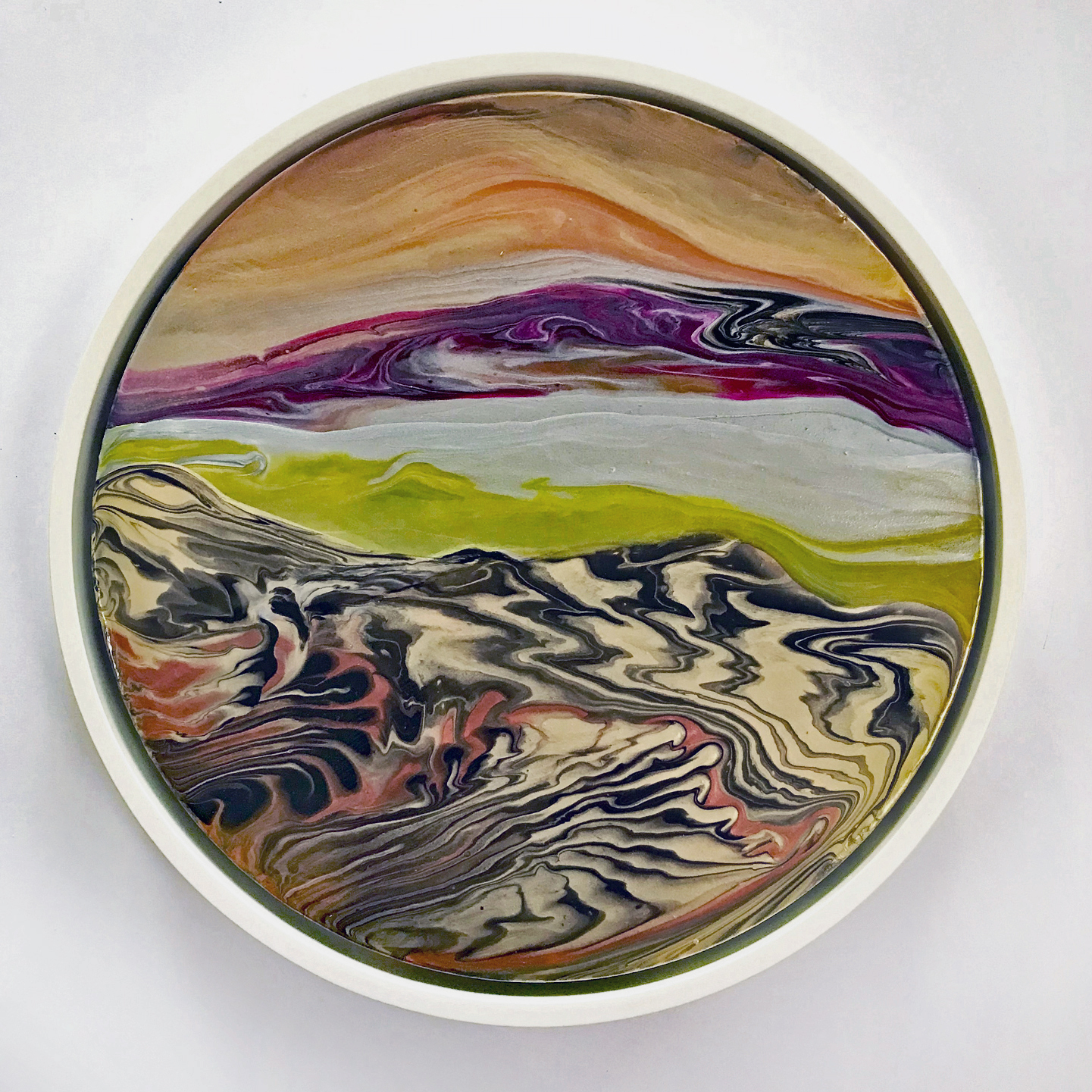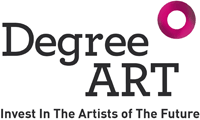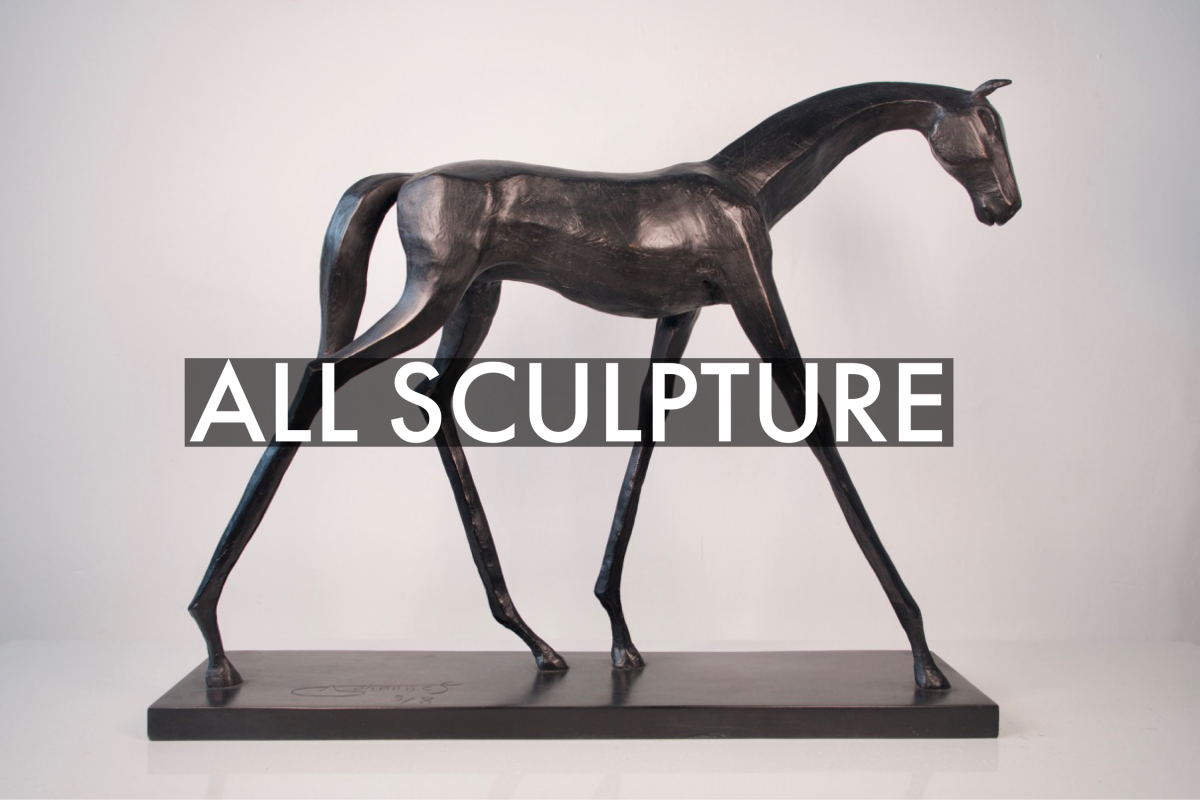Meet the artists that have taken over our Instagram every Thursday in the past month! Showcasing exclusive interviews with Laura Fishman, and Merlin Ramos.
LAURA FISHMAN

1) Walk me through a typical day in the studio for you?
LF: My studio is in my home, so I live with my work 24/7. First thing in the morning, I grab a coffee, sit in my studio and think. I start forming a strategy for the day, possibly finish off some painting if needed. I usually work on admin in the morning and long painting sessions in the afternoon and early evenings. However, I’m in and out of my studio all day, so it depends on the techniques I am using. If I am painting a large pour, I put aside at least 4-5 hours of separate, undisturbed time in the studio. If I am using layering or texture techniques, I’ll work on 2-3 different projects at a time, as you have to let things dry in between applications. My day can continue until late in the evening, but most days I finish around 8-9 pm. I love ending the day by filtering my rinse water for disposal, using a flocculation method to separate the paint from the water. It’s a very satisfying process - I feel good about protecting the environment and I’m saving my plumbing.
2) What is something viewers might not know about your work?
LF: I recycle excess poured paint into new works.
3) What is the most challenging part of your process as an artist and what is most rewarding?
LF: The most challenging part of my process is to ‘Trust the Process’. Although I use many skills and techniques in my practice, I am an intuitive painter which means I need to be open to my ‘best laid plans’ changing along the way. This approach is very challenging, but also very exciting - and especially rewarding when it comes together!
4) Is there any advice you have for artists/creators during this difficult time?
LF: It’s challenging at the moment on so many levels, but you don’t have to start at the top. It took me some time to figure things out, but I eventually embraced the lack of exhibitions and deadlines as a gift, using this time to recharge and work on projects without pressure. You can go back to the basics working on smaller pieces, see through unfinished paintings or rework old paintings. Perhaps this brings us back to a time before we had any success, when we had the time to experiment or just hang out in the studio, even if we didn’t get any work done.
MERLIN RAMOS

1) Walk me through a typical day in the studio for you?
MR: My studio is in Brentford, on an island, so arriving there is part of the day...crossing the locks and bridges often on my bike. The journey in itself can often be a helpful catalyst. The day itself will begin almost certainly with coffee and music. I will sit and consider what stages each piece is at before I begin... without diving in too quickly. I normally work on up to six pieces at once, so making sure the right materials are prepared is a big part of the morning...mixing paint. Preparing surfaces, sanding and varnishing. I have a small library of books that I look at...so if I'm working on a structural work, maybe I'll look at Naum Gabo or Caulder...not to copy, but to look at their approach and their language. The paintings, collages and prints themselves evolve as the day does, on occasions you can battle with a piece, with no resolution and will only make progress another day.As you paint year upon year, you accept these defeats as lessons to refocus and reconsider, so to come back to the work with fresh eyes. Tidying the studio and cleaning brushes, although they seem trivial, are almost as important as the work itself.
2) What is something viewers might not know about your work?
MR: The structural and repetitive nature of my work may often look mechanical, digitised or abstract. However, almost all of my work begins with observational drawings or collages from life.
3) What is the most challenging part of your process as an artist and what is most rewarding?
MR: The paintings are often a series of processes that can become enjoyable in themselves, but deciding when the colour combinations, structure, texture and mark making have a sense of balance is partially intuitive and partially learned through your language...so knowing when to stop can be the hardest part, but also rewarding.
4) Is there any advice you have for artists/creators during this difficult time?
MR: Having a routine has been very helpful. Speaking with other practitioners and keeping a dialogue alive has also been vital. The current global situation is unique and has changed a number of ways we look at the world. Surely this can be a source of inspiration for new work or to start a fresh one.








